Pueblo Community Response to Energy Mythunderstanding
by: Paul Huber, President EcoSol
There were two energy related editorials in the May 11th edition of the Chieftain. The first was critical of concerns raised at State Representative Leroy Garcia’s recent town hall meeting in Pueblo on the topic of persistent energy rate increases by Black Hills Energy (BHE). Mr. Keith Lorensen repeats the false, yet familiar, utility and fossil fuel industry message that renewable energy mandates are somehow the driving force behind persistent energy rate escalations. Mr. Trevithick accepts that change is not free, but seems to reinforce the misconception that renewables, i.e. distributed generation solar and/or centralized wind/solar, necessarily result in higher energy costs.
First of all, renewable energy mandates aren’t killing off the coal industry. Natural gas and the increased costs of mining coal are killing the coal industry.
Secondly, modest local clean energy advances don’t explain persistent BHE rate increases locally. In Colorado, every rate category in the Black Hills Energy portfolio has experienced consistent high double digit revenue increases for BHE. Nationally, BHE enjoys some of the highest profit margins of any investor owned utility. Even though energy usage has actually decreased or remained flat in BHE Colorado rate categories, BHE revenues and profits continue to soar year after year.
Higher electrical costs stem largely from pliable regulatory oversight that puts the interests of energy monopolies such as BHE above the interests of the public and ratepayers.
BHE has been allowed to profit by mismanagement of solar incentives and caused destabilization of the local DG solar integration business. This mismanagement costs local communities millions of dollars in business development opportunities and can actually lead to higher energy costs every year.
Following an industry trend of over capitalization of production capacity for the sake of profit, the PUC has allowed BHE to profit from every stage of asset design, development, financing, and operation. Those profits are costs borne on the backs of current and future ratepayers. For example; BHE ratepayers are now on the hook for rate increases associated with an unnecessary 40 MW, $70,000,000 peaking power plant, plus the long term fuel and operational costs for maintaining the plant. It is unnecessary because this new plant will operate less than 0.1% of the time for the first five years of operation, and simple, cost-effective demand side management programs could have alleviated the need to build in the first place.
BHE has been allowed to manipulate rate structures in order to do an end-run around net metering laws that would otherwise benefit demand rate customers (about 60% of BHE’s rate base). Demand rate billing used to be more evenly balanced between “demand” and “energy” costs. But BHE has recently hyper-inflated the demand component fees and deflated the energy component fees to levels above and below their actual costs. The result is that demand rate customers are now prevented from reducing their energy costs through net metering because solar panel payback is no longer a viable option for these customers. Furthermore, thosebusinesses that previously invested in DG are now penalized retroactively by having the value of the energy offset from their DG systems generate be totally deflated by BHE.
While, BHE reaches out to many local foundations and civic organizations, and presumably provides these groups with valuable donations, they also oversee a very predatory low energy assistance program for local working poor, the disabled, and low income elderly. BHE’s “BHEAP” program is designed to make reconnection a financial impossibility for BHEAP participants. The result is that more financial and humanitarian burdens are forced on already stretched-thin local non-profit and/or local government resources. Many local people have been forced into homelessness that should not have been, but for increasing energy costs.
The cost of centralized wind and solar are at or near parity with centralized natural gas. But in terms of cost and efficiency, neither can compete with distributed generation solar. The misconception that DG solar is too expensive comes from the fact that it requires the system’s owner to invest in energy harvesting equipment. Under current net metering rules and with proper rate design the owner receives the full retail value of the energy, whether used as it is generated or as it is fed back to the grid (reducing peak load on the grid). Making DG more affordable to more people is really a financing issue that any sensible community should be able to leverage to its advantage by designing intelligent and fair energy policies that benefit the entire community. For the first time in the history of delivered electricity, thanks to DG solar technology, individuals and communities now have unprecedented means by which to shape their own energy future, control price escalations, and reduce harmful carbon emissions if they choose to do so.
Making renewable energy the scape goat for high energy costs is the mythology hucksters sell every day on behalf of powerful and wealthy interests who profit from the fossil-fueled status quo. Energy is critical for the health and well being of any community. Why do communities trust their energy future to for-profit monopolies and export so much of their local wealth to these monopolies who expertly game the regulatory system to maximize shareholder returns and pay inflated executive salaries?
If and when the Sun is shining, why don’t we harvest as much free fuel energy as we can? Why do we burn so much expensive, harmful carbon-based fuel when we don’t have to? Cost is not the challenge…..the challenge is fixing the broken energy and regulatory paradigm to make it work for consumers.
